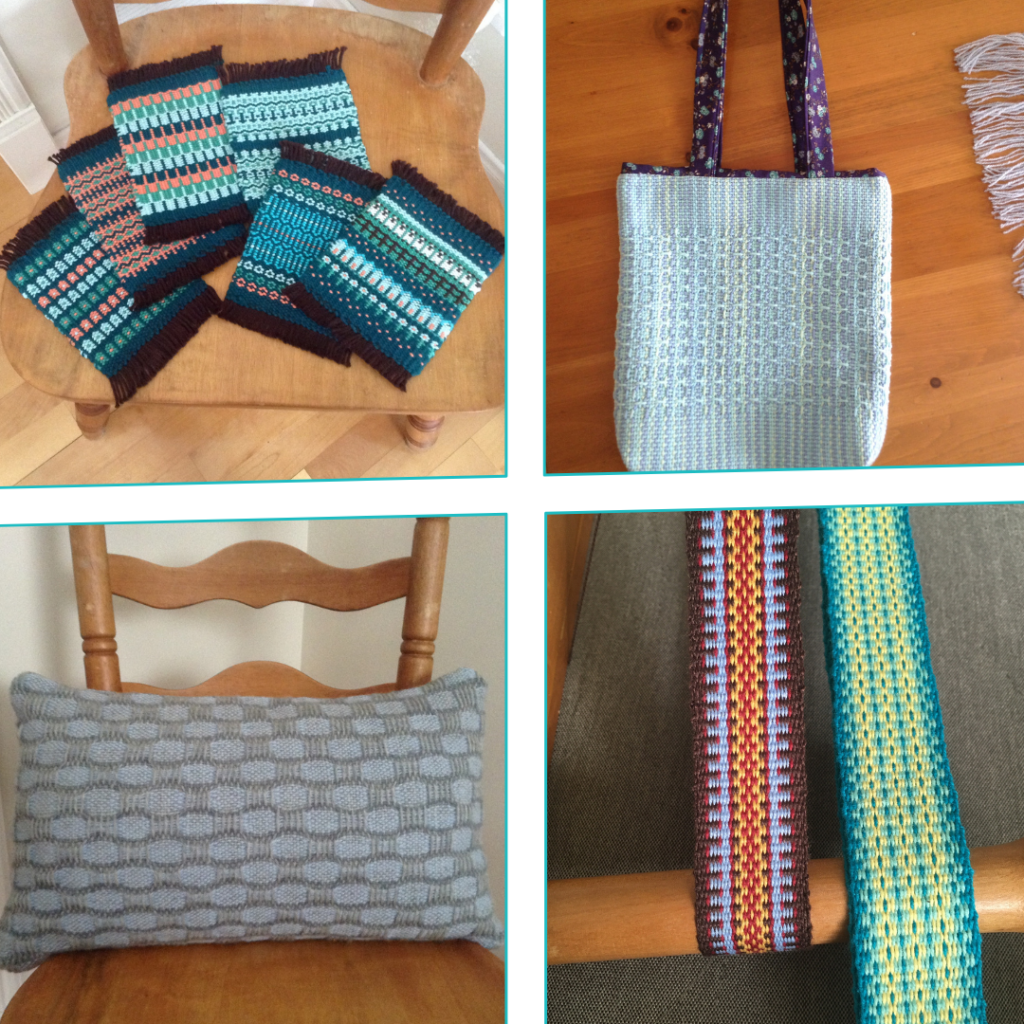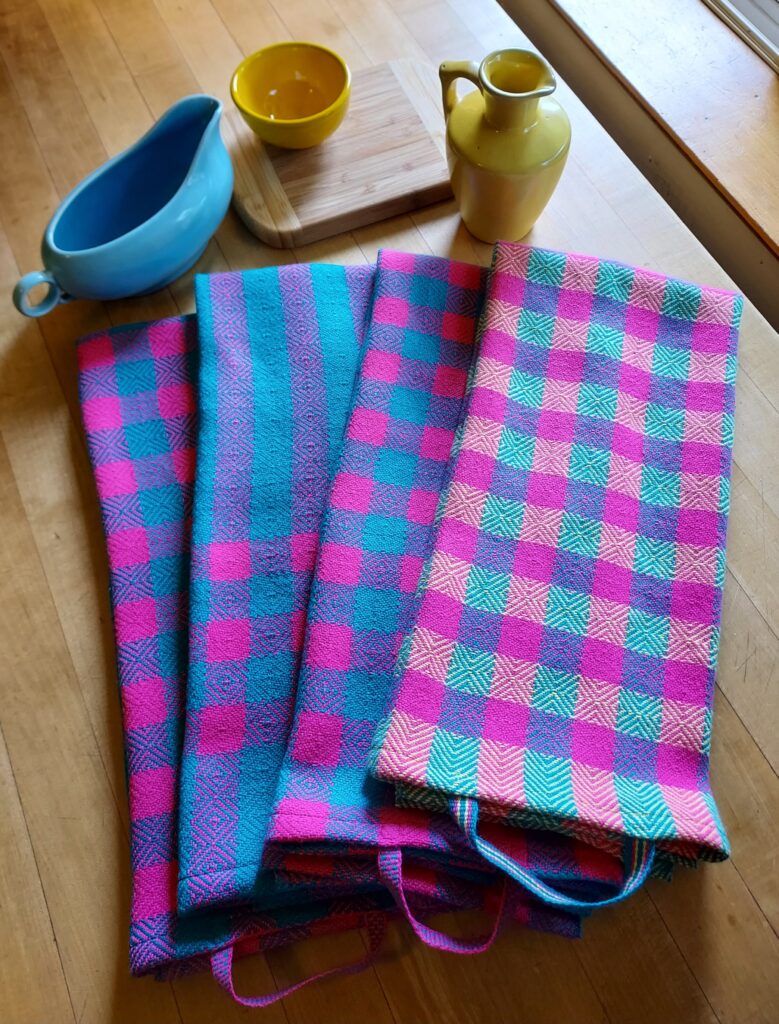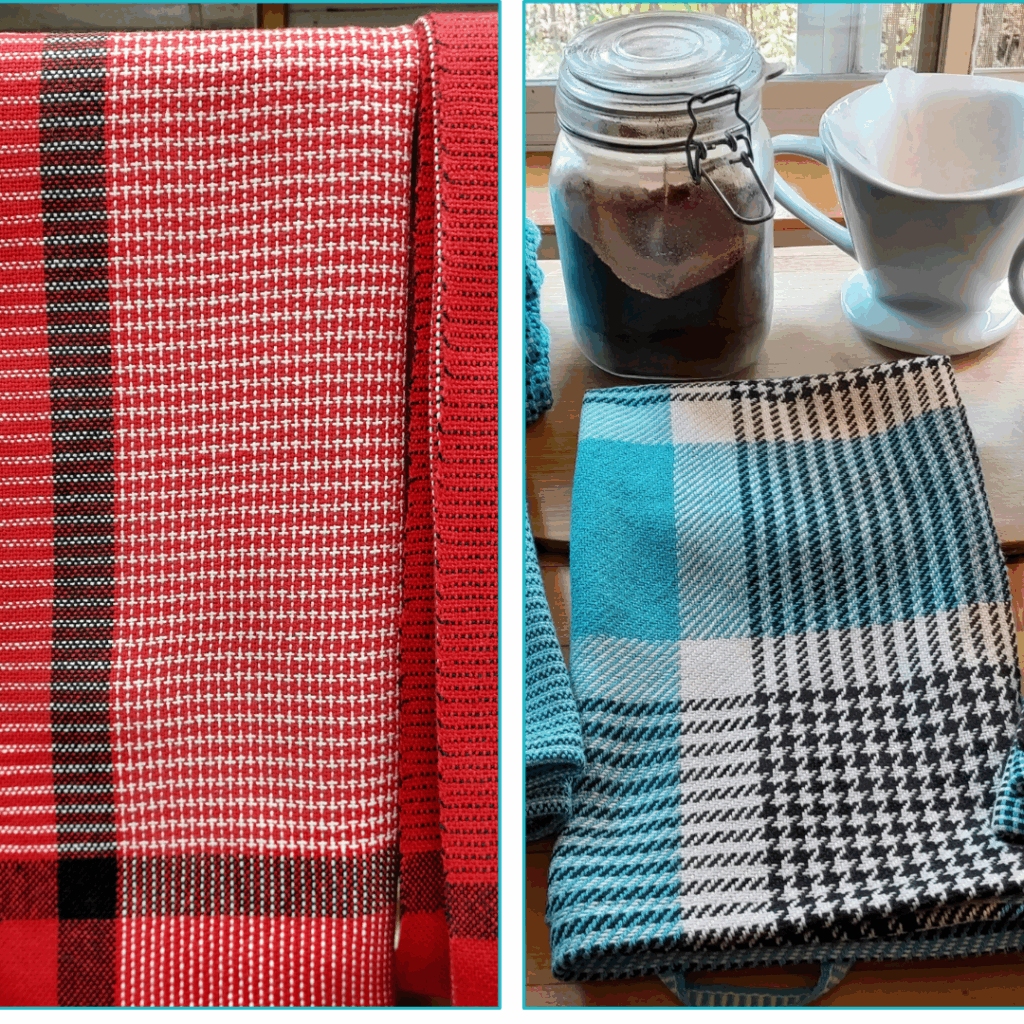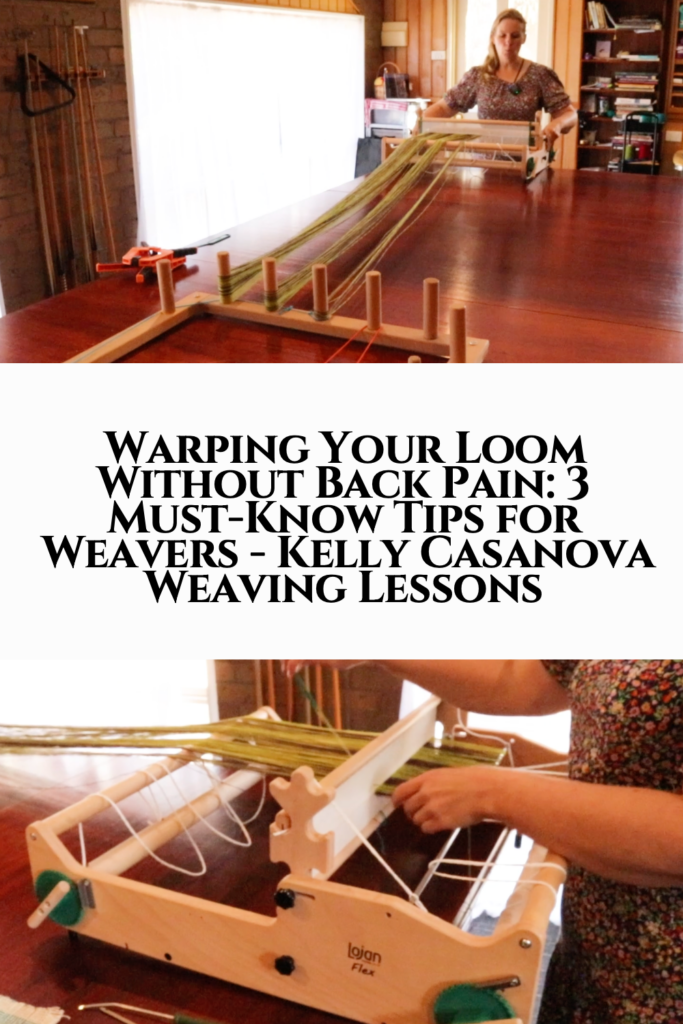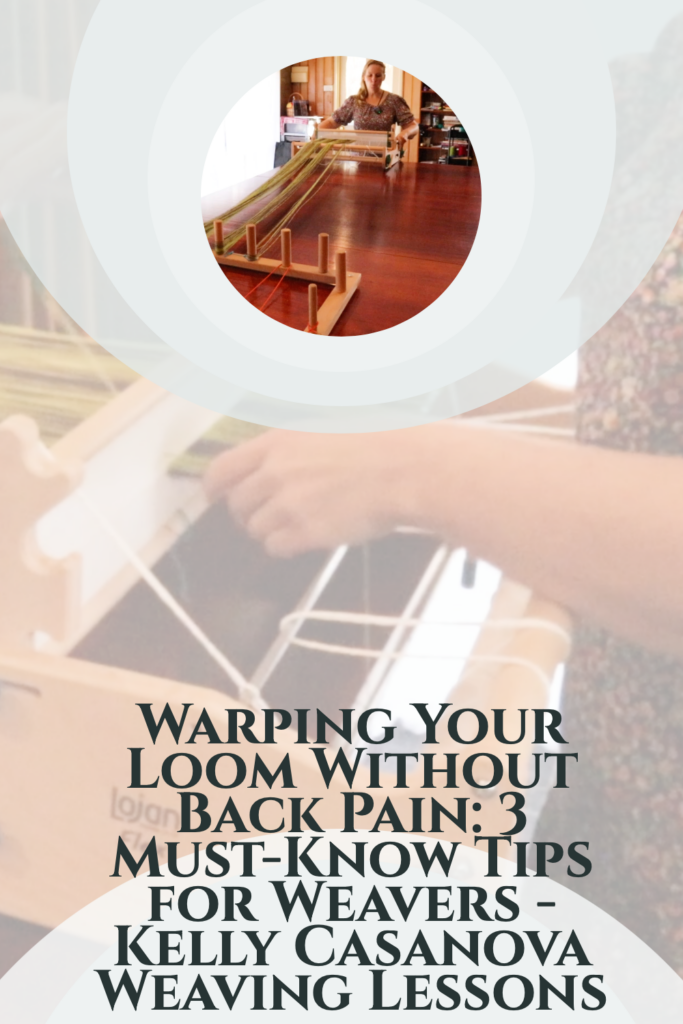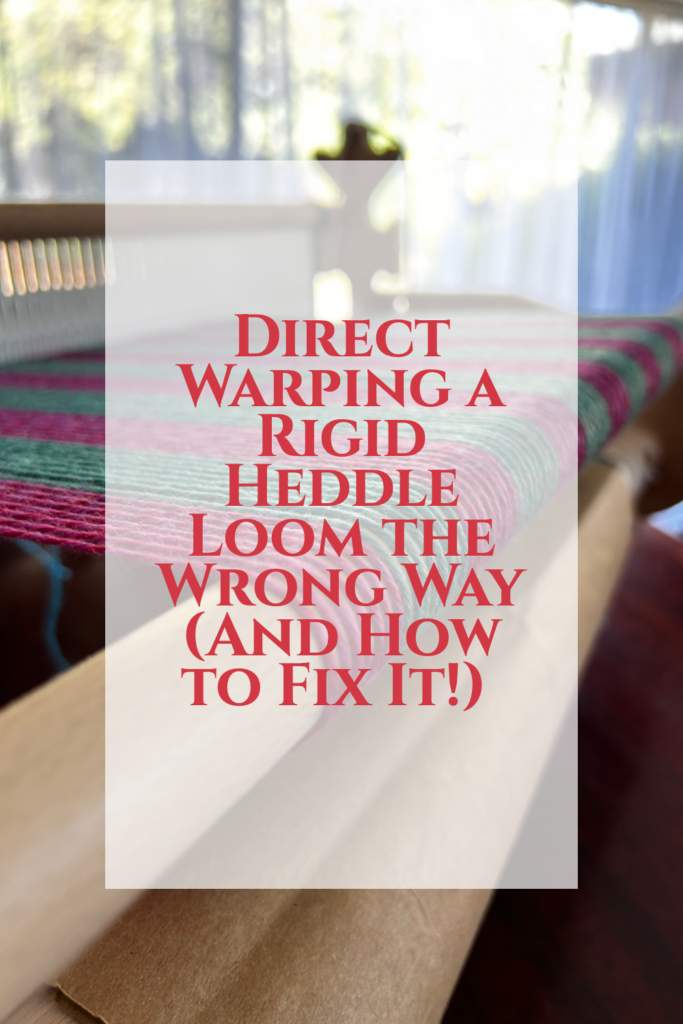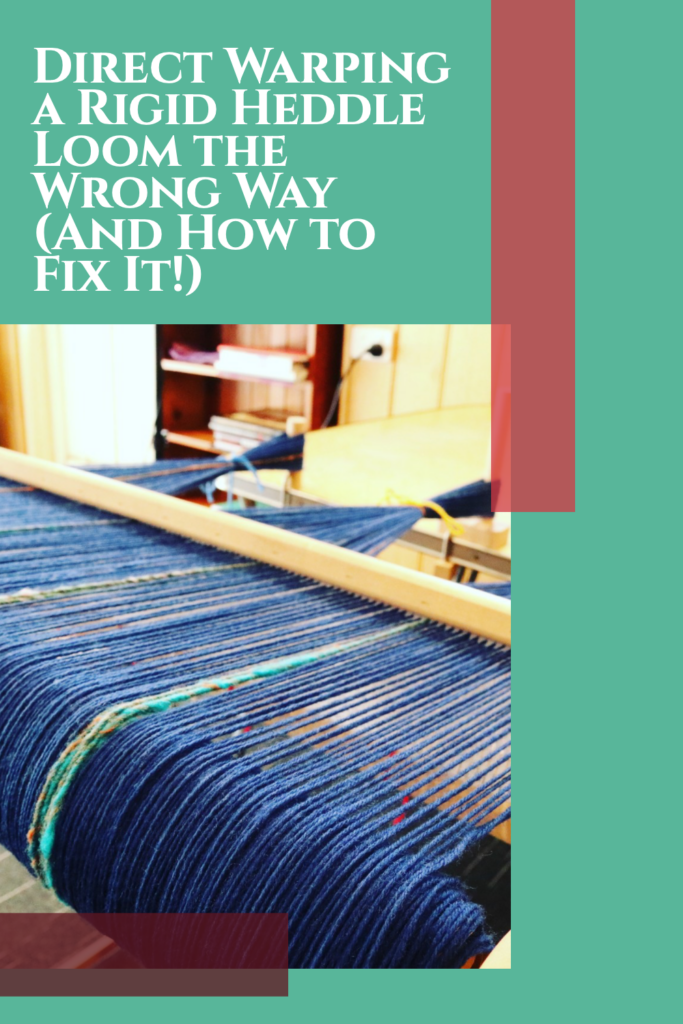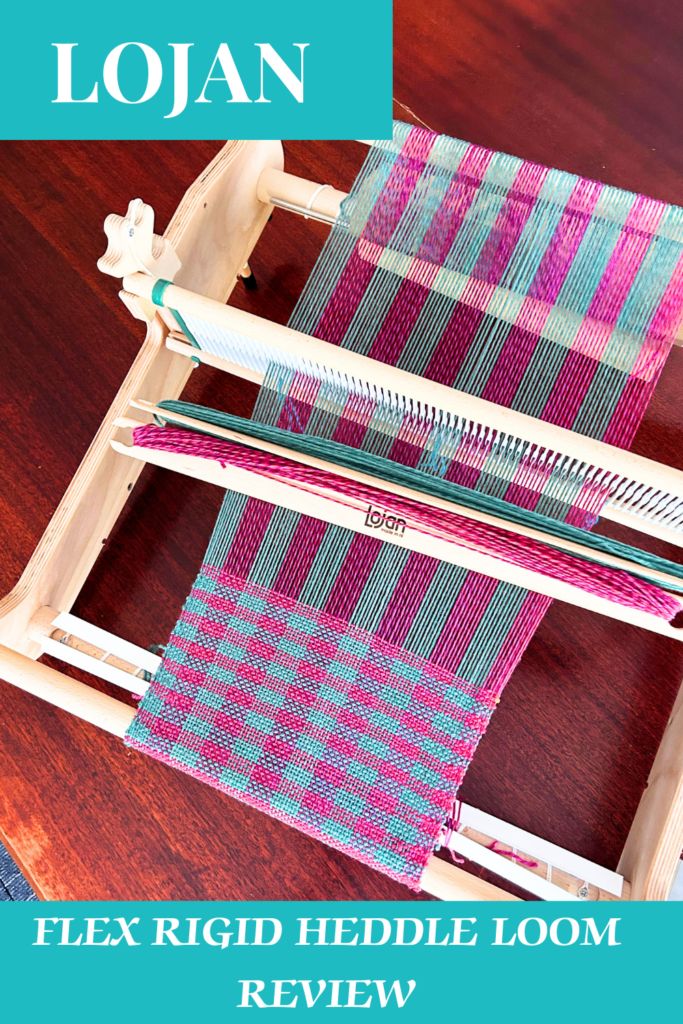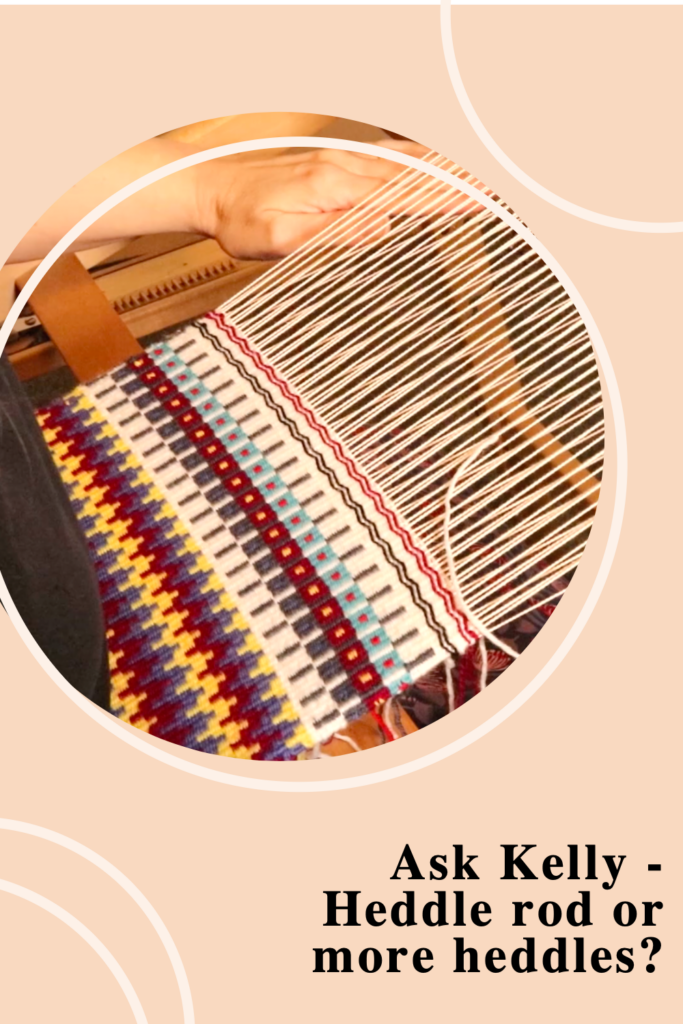If you’re a rigid heddle weaver and you’ve ever looked at a boat shuttle and wondered, “Can I use that on my loom?” — this post is for you!
When you first purchase a rigid heddle loom, it almost always comes with a stick shuttle to get you started. But then, you might notice other weavers using a boat shuttle instead and wonder why.
Today I’m going to walk you through the key differences between these two types of weaving shuttles, how I decide which one to use, and whether a boat shuttle is worth the investment for your weaving journey.
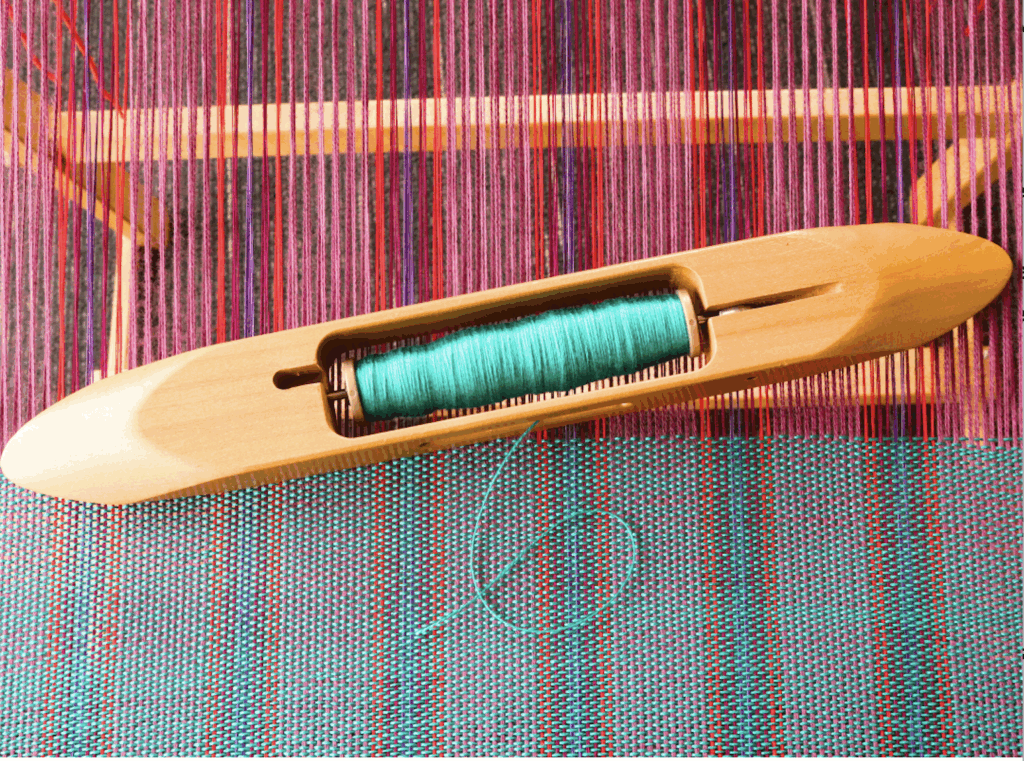
Can You Use a Boat Shuttle on a Rigid Heddle Loom?
Yes, absolutely! While a stick shuttle is what most rigid heddle looms come with, a boat shuttle is a wonderful tool that can be used on these looms — you just need to know when and why it might be helpful.
Let’s look at the differences so you can decide which shuttle is right for your projects.
Boat Shuttle vs Stick Shuttle: What’s the Difference?
Here’s a quick comparison of the two:
1. Cost
- Stick Shuttle: Usually inexpensive — you can even make your own or improvise with a paint stirring stick or similar.
- Boat Shuttle: Although prices vary significantly, a boat shuttle is more of an investment — In addition to the shuttle, you’ll likely want extra bobbins, which are an additional cost.
💡 Tip: Some weavers make their own bobbins from cardboard or stiff paper!
2. Ease of Use
- Stick shuttles are quick and simple for thicker yarns. I like to use mine when I’m weaving with anything thicker than fingering weight.
- A stick shuttle involves passing the shuttle through the shed.
- Boat shuttles shine when working with finer yarns (like Tencel, lace weight or 8/2 cotton). They feed yarn more smoothly and save a lot of time.
- A boat shuttle (depending on the width of the warp) involves throwing the shuttle through the shed.
One of my favorite things? I can pre-wind multiple bobbins and just swap them out quickly mid-project. So satisfying and keeps you in “the zone”!
3. Efficiency
With a boat shuttle:
- Winding yarn is fast — especially if you use a hand bobbin winder or electric bobbin winder.
- Weaving is smoother. No need to stop and unwind yarn manually like with a stick shuttle.
- It glides beautifully through the shed, especially when you’re working with fine, smooth yarns. You do need to ensure that you have good warp tension, especially on a wider warp where you might need to throw your boat shuttle further.
💡 Tip: You can even use a hand drill to wind bobbins!
A stick shuttle:
- It’s fairly quick to wind a thicker yarn onto a stick shuttle
- Once you’ve had some practice, you can kind of “shoot” the shuttle from one side of the warp to the other, making the transfer quicker. You will need a good firm tension and straight angle to ensure the “prongs” of the shuttle don’t catch on any warp threads.

Does a Boat Shuttle Fit Through the Shed on a Rigid Heddle Loom?
Great question — and yes, it absolutely does!
I often hear weavers worry that the shed (the opening between raised and lowered threads) won’t be large enough for a boat shuttle. But on my rigid heddle looms, I’ve had no issues at all. The boat shuttle fits through easily, and its smooth design helps it glide through like a dream.
If you were using a boat shuttle with a higher profile, you may run into issues. For that reason, I recommend a low profile boat shuttle (about an inch high is perfect).
💡 Tip: Just make sure you’re advancing your warp often so your shed stays nice and open!
Which Boat Shuttle Should You Buy?
There are so many boat shuttles out there, it can feel a bit like picking your first loom all over again!
A great entry level shuttle is the Ashford 13 or 15 inch open boat shuttle:
- Lightweight but sturdy
- Tapered ends for easy gliding
- Works beautifully for both narrow and slightly wider projects
- Affordable
It comes with one plastic bobbin, but I definitely recommend grabbing a few extras if you can.
A mid range shuttle would be this 13″ open boat shuttle from Pickers Ridge.
- Handcrafted in Australia but affordable
- Quality, sustainable New Guinea Rosewood
- Light and lovely to hold
- Magnetic spindle
- Regular sized Ashford bobbin fits this shuttle
And for a high end, one of a kind shuttle check out the 13″ open boat shuttle from Pickers Ridge.
- Handcrafted in Australia
- Stunning appearance
- Quality, sustainable Figured Silkwood maple
- Magnetic spindle
- A special piece for your weaving studio
- Regular sized Ashford bobbin fits this shuttle

So… Do You Need a Boat Shuttle?
Nope — but you might really enjoy having one in your weaving toolbox.
If you mostly work with thicker yarns, don’t mind winding by hand and need to be budget conscious, your stick shuttle might be all you ever need. But if you’re venturing into finer yarns, love having pre-wound weft ready to go, or just want to make your weaving more efficient — the boat shuttle is a game-changer.
I love having both shuttle options available — and using them based on the yarn and project I’m working on. Like most weaving tools, it’s all about finding what works best for you.
If you’re interested in learning more about different types of boat shuttles, check out this article I wrote on open boat shuttles v’s closed boat shuttles.

*This post contains affiliate links. For more information, please see my disclosure policy.
Let me know in the comments below:
Do you use a boat shuttle on your rigid heddle loom? Or are you tempted to give one a try?
If you found this post helpful, feel free to share it or subscribe to my YouTube channel for more weaving tips and tutorials.
Check out the video below to see the boat shuttle in action with a rigid heddle loom:
Until next time…
Happy weaving!
— Kelly 💛

















